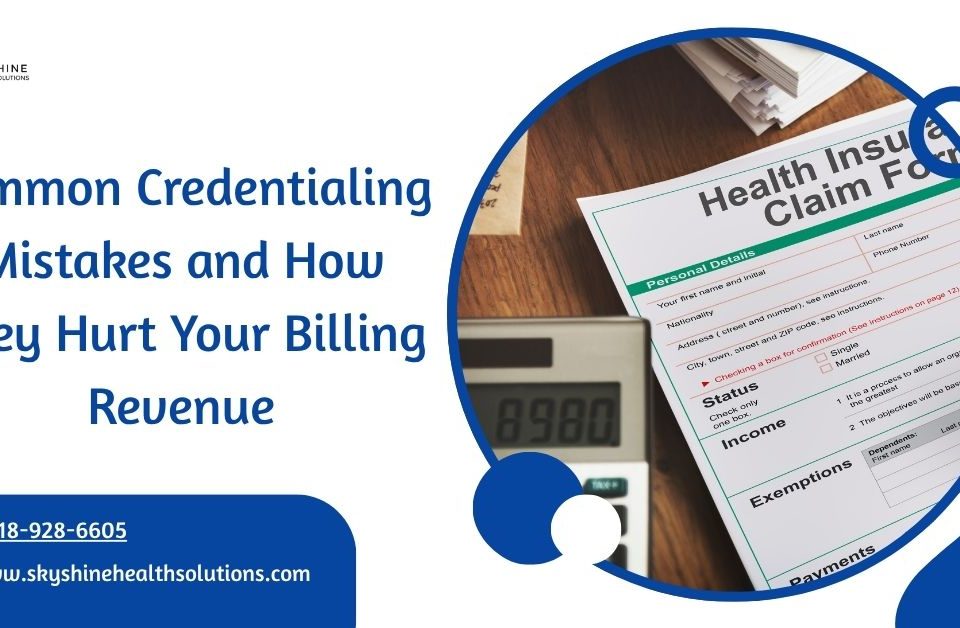
HIPAA Compliance in Medical Billing
June 3, 2025
Prepare for a Billing Audit Guide (2025)
June 3, 2025Keeping up with ICD-10 and CPT code changes is essential for healthcare providers and billing professionals to ensure accurate billing and compliance in 2025. In this guide, we’ll break down the latest ICD-10 and CPT code changes, their impact on medical billing, and practical strategies to stay updated. Whether you’re a coder, biller, or practice manager, this guide will help you navigate these updates confidently.

What Are ICD-10 and CPT Code Changes?
To begin, ICD-10 (International Classification of Diseases, 10th Revision) and CPT (Current Procedural Terminology) codes are standardized systems used to document diagnoses and procedures for billing. In essence,ICD-10 codes describe patient conditions, while CPT codes detail services provided. Moreover, both systems receive annual updates to reflect medical advancements and regulatory requirements. For instance, the 2025 updates introduce new codes and revisions to improve billing accuracy. Let’s explore these changes and their implications.
Key ICD-10 Code Changes for 2025
First, the 2025 ICD-10-CM update includes over 250 new codes, 30 deletions, and numerous revisions. Key changes include:
-
-
-
New Codes for Specific Conditions: Expanded codes for diseases like diabetes complications and rare disorders.
-
Social Determinants of Health (SDOH): New codes to capture factors like housing instability or food insecurity.
-
Precision in Diagnosis: Updates to codes for neurological and musculoskeletal conditions for greater specificity. For example, a new code for long COVID symptoms allows more precise documentation. Therefore, coders must review the 2025 ICD-10-CM guidelines to avoid claim denials.
-
-
Key CPT Code Changes for 2025
Next, the 2025 CPT code set, maintained by the American Medical Association (AMA) , includes 420 changes, including 270 new codes, 112 deletions, and 38 revisions. Notable updates include:
-
-
-
Digital Health Services: New codes for telehealth and remote patient monitoring.
-
Surgical Procedures: Revised codes for minimally invasive techniques.
-
Evaluation and Management (E/M): Updated guidelines for E/M services to reflect time-based billing. Since incorrect CPT coding can lead to rejections, staying updated is critical. As a result, practices must train staff on these changes to ensure proper reimbursement.
-
-
Why ICD-10 and CPT Code Changes Matter
Importantly, these updates impact billing accuracy, reimbursement, and compliance. For instance:
-
-
-
Accurate Reimbursement: Correct codes ensure payers reimburse the full amount owed.
-
Compliance: Using outdated codes risks audits or penalties from payers like Medicare.
-
Patient Care: Precise coding supports better care coordination and data analysis. Thus, failing to adopt 2025 updates can lead to financial losses or regulatory issues. In fact, CMS emphasizes compliance with the latest codes for 2025 claims.
-
-
How to Stay Updated on ICD-10 and CPT Code Changes
To navigate these changes effectively, follow these actionable steps:
1. Review Official Resources
First, consult trusted sources like CMS for ICD-10 updates and the AMA for CPT changes. For example, the CMS website provides free access to the 2025 ICD-10-CM code set. As a result, you’ll have the most accurate information.
2. Train Coding and Billing Staff
Next, provide annual training on 2025 code updates. This includes:
-
-
-
Understanding new and revised codes.
-
Learning documentation requirements for medical necessity. Since untrained staff can cause coding errors, regular education is essential.
-
-
3. Use Updated Billing Software
Additionally, ensure your billing software reflects 2025 ICD-10 and CPT codes. For instance, software like Epic or Kareo updates code libraries automatically. Consequently, automated tools reduce manual errors.
4. Conduct Regular Audits
Furthermore, audit claims to identify coding errors before submission. This involves:
-
-
-
Checking for outdated or incorrect codes.
-
Verifying documentation aligns with codes. By auditing, you can minimize denials and ensure compliance.
-
-
5. Collaborate with Payers
Finally, communicate with payers to understand their specific coding requirements. For example, some payers may require additional modifiers for 2025 codes. Thus, proactive collaboration prevents claim rejections.
Common Pitfalls to Avoid
Despite best efforts, coding errors can occur. Common mistakes include:
-
-
-
Using Outdated Codes: Submitting 2024 codes after October 1, 2025, leads to denials.
-
Insufficient Documentation: Lack of detail to support coded diagnoses or procedures.
-
Ignoring SDOH Codes: Missing opportunities to capture social factors affecting health. Therefore, double-check codes and documentation to avoid these issues. In fact, regular audits can catch errors early.
-
-
Best Practices for Managing Code Changes
To streamline compliance, adopt these strategies:
-
-
-
Subscribe to Updates: Follow CMS and AMA newsletters for real-time code change alerts.
-
Leverage Technology: Use EHRs and billing systems with built-in 2025 code updates.
-
Engage Certified Coders: Hire or consult AAPC-certified coders for expertise.
- Document Thoroughly: Ensure provider notes justify all coded services.
-
-
Keeping up with ICD-10 and CPT code changes is essential for healthcare providers and billing professionals to ensure accurate billing and compliance in 2025. In this guide, we’ll break down the latest ICD-10 and CPT code changes, their impact on medical billing, and practical strategies to stay updated. Whether you’re a coder, biller, or practice manager, this guide will help you navigate these updates confidently.
Final Thoughts
Ultimately, understanding ICD-10 and CPT code changes is crucial for accurate billing and compliance in 2025. By following these steps—reviewing resources, training staff, and auditing claims—you can reduce errors and maximize reimbursement. Ready to stay ahead? Download our free 2025 Coding Update Checklist to ensure compliance!, you’ll adapt to ICD-10 and CPT code changes seamlessly.

Learn more about What’s New in ICD-10 for 2025: Updates Every Practice Should Know
For related questions, check Medical Billing FAQs















